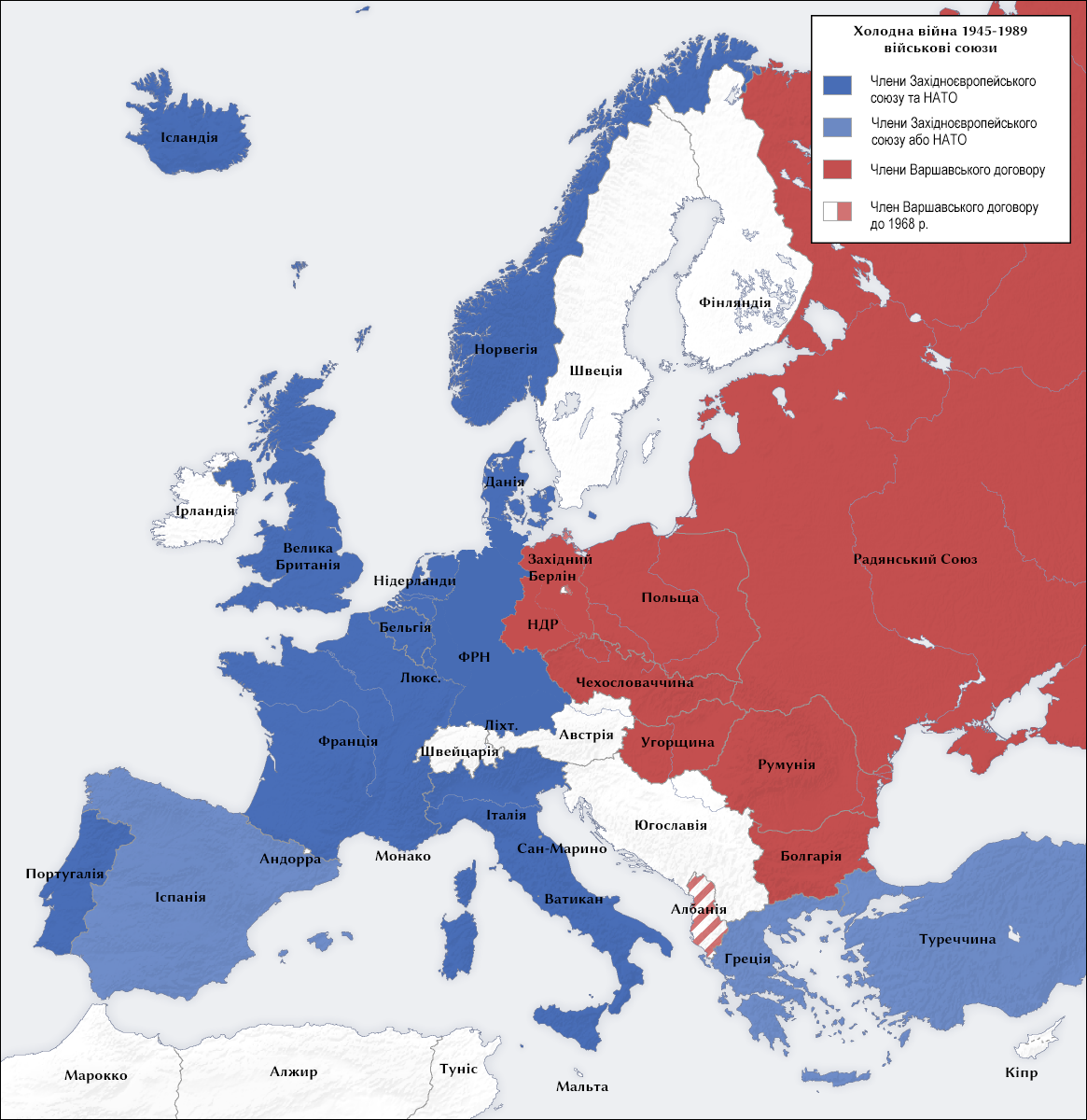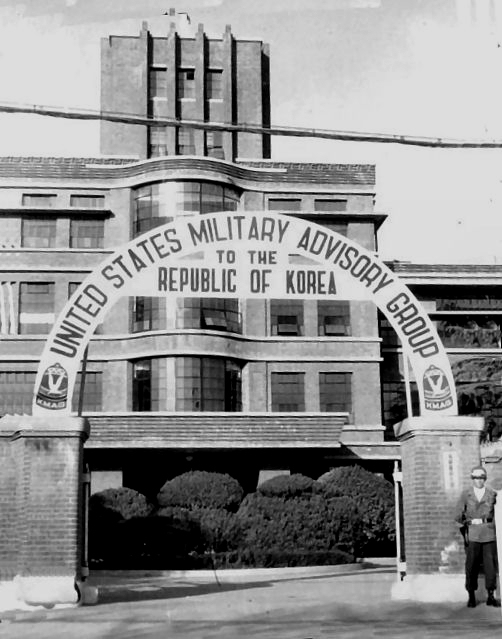It Shaped More Than Just A Country
The Korean War is sometimes referred to as "the forgotten war" because its significance is so often overlooked compared to the two wars it's sandwiched between, WWII and The Vietnam War. However, The Korean War was extremely influential in shaping American foreign policy and global geopolitics. Here's everything you need to know about the Korean War.
 Maj. R.V. Spencer, UAF on Wikimedia Commons
Maj. R.V. Spencer, UAF on Wikimedia Commons
1. Korea Was Split In Half After WWII
After Japan was expelled from Korea at the end of WWII, the country was divided between a Soviet-occupied north (communist) and an American-occupied south (capitalist). This divide still exists to this day.
2. Korea Was Previously Occupied by Japan
At the end of WWII, Korea was liberated by a 35-year Japanese occupation. Japan's heavy-handed rule brought hardships to Koreans but many modern aspects of Korean society have also been attributed to this period.
3. It Was A Proxy War
The Korean War was a proxy war in the sense that it was really a conflict between the U.S. and the Soviet Union, fought on Korean soil. The war between two ideologies was one of the largest Cold War proxy wars.
4. North Korea Was The Instigator
After receiving intelligence that the U.S. was withdrawing troops from South Korean, heavily armed by the Soviet Union, North Korea crossed the divide, invading the south. Catching South Korean forces off guard, they captured Seoul in the first few days.
 Hulton Archive/Getty Images on Wikimedia
Hulton Archive/Getty Images on Wikimedia
5. The U.N. Intervened
The newly-formed United Nations got involved in what was the organization's first military intervention of its kind. They immediately condemned North Korea's aggression and started sending armed forces to South Korea.
6. China Got Involved
The U.N.'s intervention in the war stimulated China to get involved as they wanted to counter U.S. influence in the region. Chinese troops pushed back U.N. forces, changing the war into a prolonged conflict.
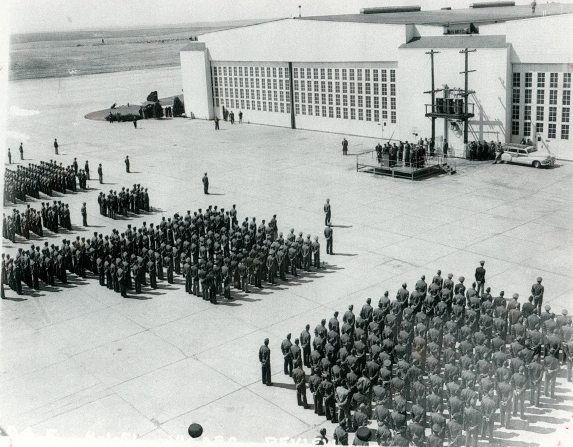 The National Guard on Wikimedia
The National Guard on Wikimedia
7. It Ended In A Stalemate
The war ended in a stalemate with both sides unable to gain a decisive victory, thus giving up efforts to unify Korea by force.
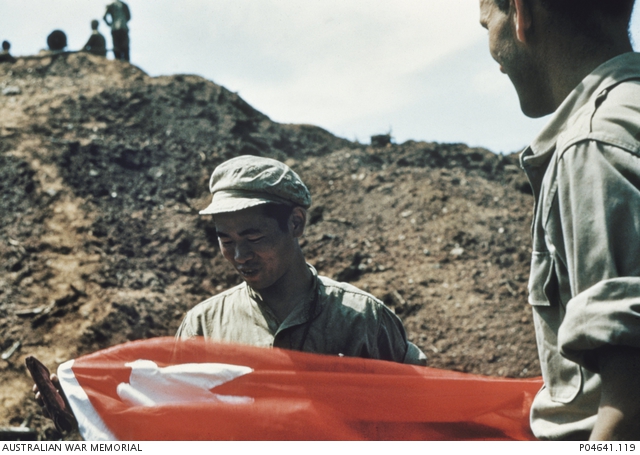 Donald Douglas George on Wikimedia
Donald Douglas George on Wikimedia
8. Peace Talks Dragged on For Two Years
Armistice negotiations went on for an excrutiating two years, largely due to disagreements over prisoner exchanges. Meanwhile, guerrilla warfare persisted on the ground.
 Ulm, John Anthony on Wikimedia
Ulm, John Anthony on Wikimedia
9. An Official Peace Treaty Has Never Been Signed
A ceasefire agreement was signed in 1953 but to this day an official peace treaty between North and South Korea has never been signed. This means the two sides are technically still at war, keeping tensions high.
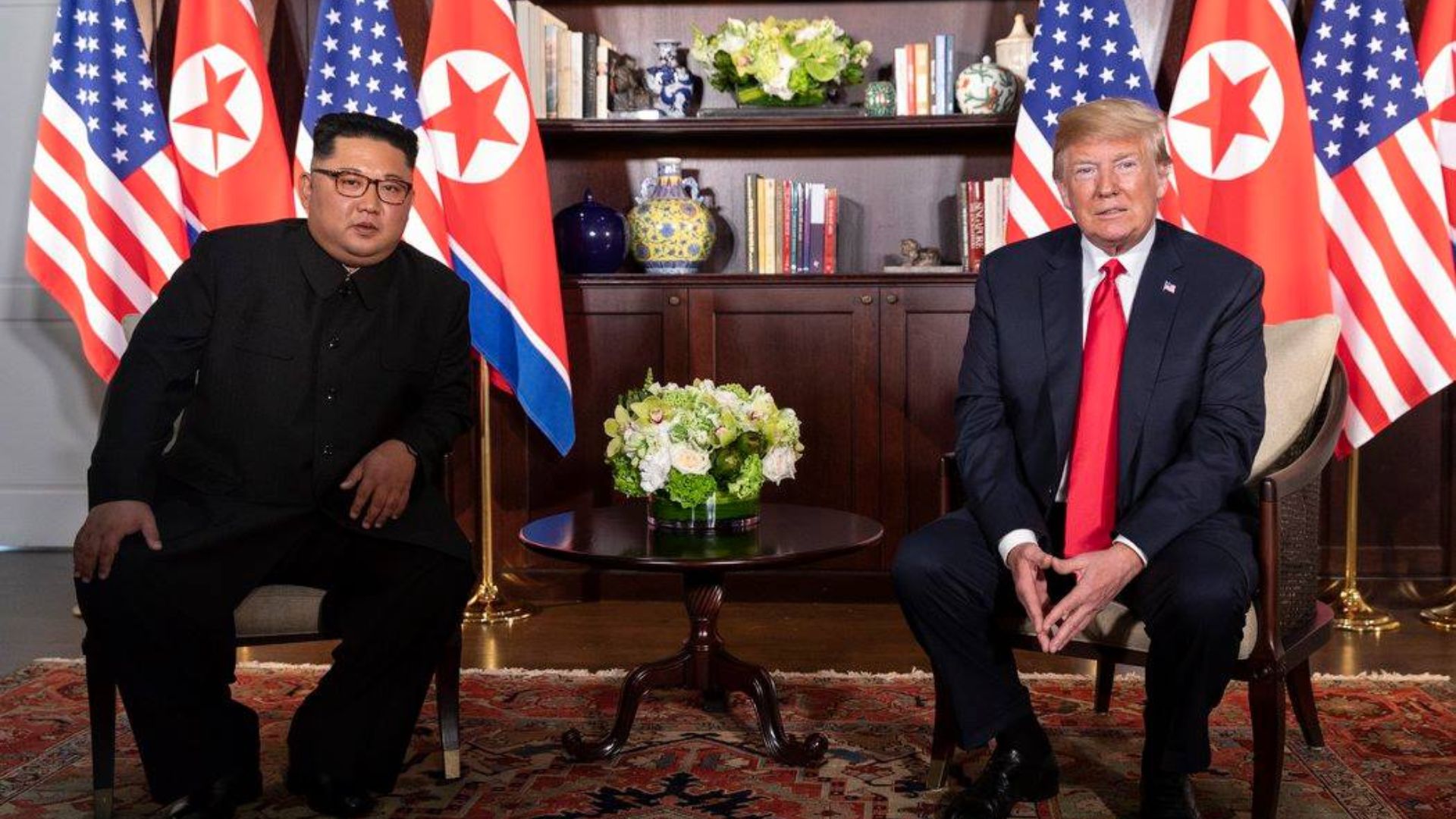 Shaleah Craighead on Wikimedia
Shaleah Craighead on Wikimedia
10. The Korean Demilitarized Zone Was Created to Keep The Peace
As part of the armisitice agreement, a buffer zone about 150 miles long was set up to keep the peace between the two nations. It remains to this day as one of the most heavily-militarized borders in the world, despite its name.
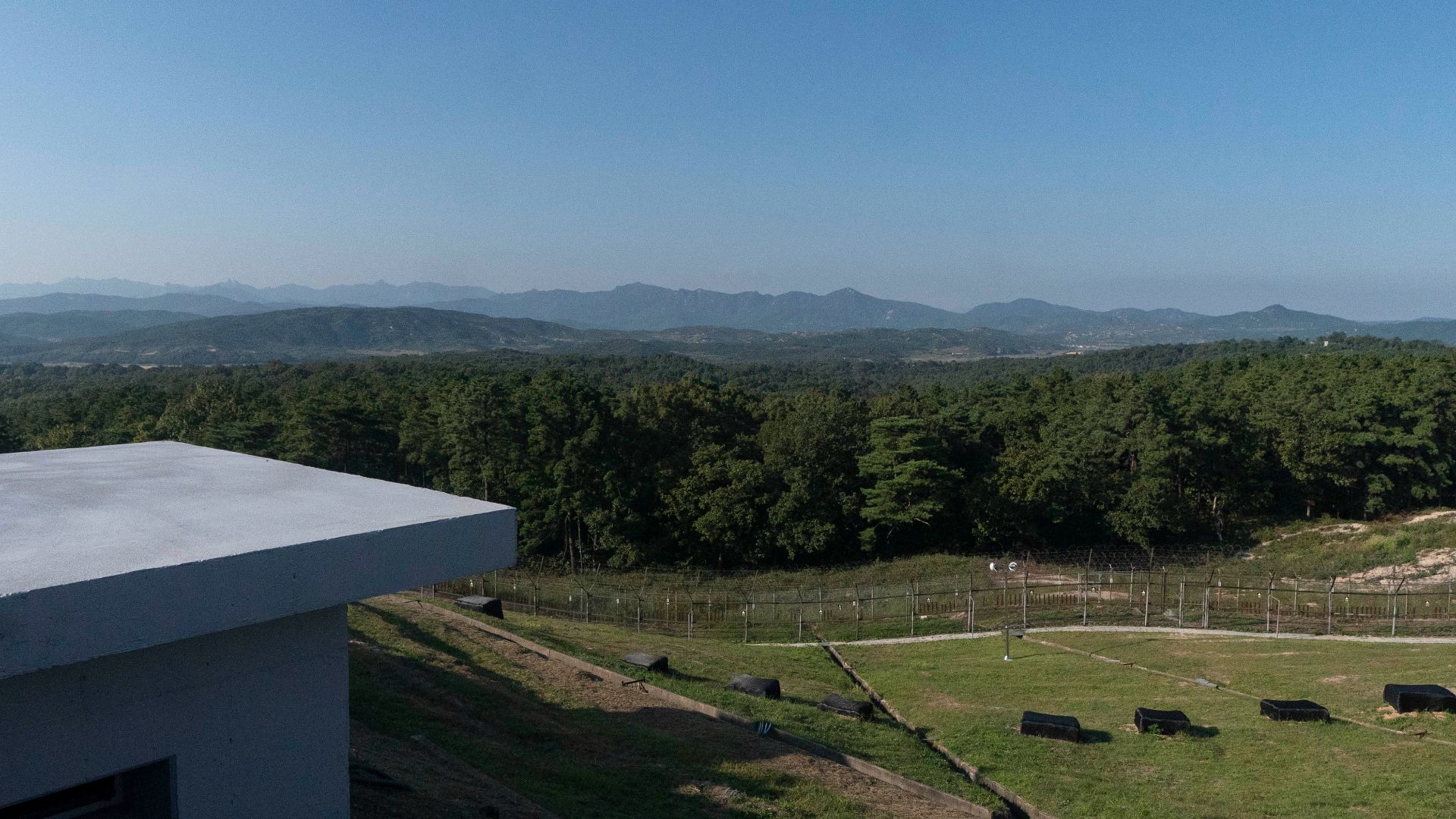 Office of the Vice President of the United States on Wikimedia
Office of the Vice President of the United States on Wikimedia
11. The War Caused 3 Million Fatalities
A total of 3 million people were killed in the war, including military personnel and civilians, and millions more were displaced. The proportion of civilian casualties in this conflict were higher than in WWII or the Vietnam War.
12. It Was One Of The First Major Cold War Conflicts
The Korean War was one of the first major conflicts of the Cold War after the Soviet blockade of Berlin. It moved the stage to Asia and set the precedent for the U.S.'s later involvement in Vietnam.
13. It Shaped U.S. Foreign Policy
The Korean war started a pattern of American involvement in proxy wars. It symbolized a shift towards greater focus on military deterrence as opposed to diplomatic resolutions.
 U.S. Department of State on Wikimedia
U.S. Department of State on Wikimedia
14. It Was Part of The U.S. Containment Strategy
The U.S. policy of containment was meant to limit the spread of communism around the world. The strategy involved engaging in proxy wars, sending aid to any country at risk of communist influence, forming military alliances, and carrying on covert operations aimed at influencing other countries' political outcomes.
15. 21 Countries Sent Aid to South Korea
Although the U.S. was by far the largest contributor, The Korean War saw 16 countries sending troops to South Korea and five more sending aid. While the Soviets didn't get directly involved, they sent an unprecedented amount of weapons and ammunition to North Korea.
16. Both Sides Relied On Guerrilla Warfare
Especially after the war entered a stalemate, both sides resorted to guerrilla warfare tactics including ambushes and hill battles with soldiers fighting every man for himself. Trench combat reminiscent of WWI was also common.
17. It Was The First Large-Scale Use of Jet Fighters
The Korean War was the first conflict where jet-to-jet combat took place. As a result, rapid developments in flight technology and air combat tactics took place with each side racing to stay one step ahead.
 Pakistan Air Force on Wikimedia
Pakistan Air Force on Wikimedia
18. The Ideological Divide Still Exists Today
To this day, North Korea is ruled by a totalitarian communist regime while South Korea is a capitalist democracy. This deep divide has caused ongoing conflict and high tensions between the North and South which continues to be separated physically by the demilitarized buffer zone.
19. A U.S. Military Presence Still Exists
Not only do tensions remain high between North and South, but between North Korea and the entire western world. As such, American troops continue to be present in South Korea, acting as deterrence against a potential North Korean attack.
20. It Motivated China To Modernize Its Military
Pitted up against American forces, China realized its military was lacking, unable to compete with the advanced technology used by the U.S. This coupled with their newly heightened security concerns encouraged them to modernize their army into the military powerhouse it is today.
KEEP ON READING

20 Stunning Examples of Renaissance Architecture
Architecture At Its FinestWhile we usually imagine paintings and sculptures…
By Cathy Liu Dec 9, 2024
The Greatest Historical Figures Of The Victorian Era
The Victorian GreatsTaking place during Queen Victoria's reign, the Victorian…
By Cathy Liu Dec 6, 2024
The Dark History Of Charles Dickens
The Complicated Life of this Famous AuthorArguably the greatest author…
By Cathy Liu Dec 5, 2024
The Mysterious Death Of The Forgotten Oscar Winner
Haing S. Ngor won an Academy Award in his film…
By Robbie Woods Dec 3, 2024
The Noblewoman Who Became A Pirate Queen
Jeanne de Clisson was a respected member of the French…
By Robbie Woods Dec 3, 2024
The Count Of Nowhere
The Count of St. Germain has mystified generations. This mysteriously…
By Robbie Woods Dec 3, 2024






